By Akash Sriram and Abhirup Roy
(Reuters) –Tesla reported record third-quarter revenue that beat Wall Street estimates on Wednesday, driven by the highest quarterly sales of its electric vehicles as U.S. buyers rushed to lock in a key tax credit ahead of its expiry last month.
However, Tesla’s profit failed to live up to analysts’ expectations, in part due to tariff and research costs, as well as a drop in income from regulatory credits that are expected to continue to fade away with recent legislation passed by the Trump administration.
Tesla’s $1.45 trillion valuation largely reflects investor bets on CEO Elon Musk’s pivot to robotics and AI, but vehicle sales remain key to the financial stability of the company while those products are being developed. Shares of the Austin, Texas-based company were down 4% in extended trading.
Demand for Tesla’s vehicles and those of its rivals is also expected to drop through the rest of the year without the tax credits that have been a key driver of EV sales.
Apart from the removal of tax credits and the waning sales of regulatory credits that traditional automakers bought to make up for their polluting vehicles, Tesla is also grappling with tariffs imposed by the Trump administration on auto-parts imports, which Chief Financial Officer Vaibhav Taneja said cost Tesla more than $400 million in the quarter.
The EV maker also reported a 50% rise in operating expenses driven by AI and other research and development projects, an increase in stock-based compensation, and on an earnings conference call, Taneja said capital expenditures would rise substantially in 2026.
“Tesla dished out just the right amount of good and bad news to both appease its fans while also providing enough evidence for its critics,” Camelthorn Investments adviser Shawn Campbell told Reuters. “This earnings report isn’t going to change anyone’s mind on Tesla.”
To combat a demand drop, Tesla introduced lower-cost “Standard” variants of Model Y and Model 3 vehicles earlier this month, stripping out a myriad of premium and basic features and lowering prices by about $5,000 to $5,500.
While Tesla hopes the cheaper variants will drive higher volumes, analysts warn the move will squeeze margins as thousands of dollars of cost cuts per vehicle may not fully compensate for lower selling prices.
Tesla said it was on track to start volume production of its Cybercab robotaxi, Semi truck and Megapack 3 battery in 2026. Tesla’s energy business also showed strength, including an 81% increase in storage deployment in the quarter, and its robot plans are advancing, with production of humanoid bot Optimus hopefully starting toward the end of 2026, Musk said.
By Akash Sriram and Abhirup Roy
(Reuters) –Tesla reported record third-quarter revenue that beat Wall Street estimates on Wednesday, driven by the highest quarterly sales of its electric vehicles as U.S. buyers rushed to lock in a key tax credit ahead of its expiry last month.
However, Tesla’s profit failed to live up to analysts’ expectations, in part due to tariff and research costs, as well as a drop in income from regulatory credits that are expected to continue to fade away with recent legislation passed by the Trump administration.
Tesla’s $1.45 trillion valuation largely reflects investor bets on CEO Elon Musk’s pivot to robotics and AI, but vehicle sales remain key to the financial stability of the company while those products are being developed. Shares of the Austin, Texas-based company were down 4% in extended trading.
Demand for Tesla’s vehicles and those of its rivals is also expected to drop through the rest of the year without the tax credits that have been a key driver of EV sales.
Apart from the removal of tax credits and the waning sales of regulatory credits that traditional automakers bought to make up for their polluting vehicles, Tesla is also grappling with tariffs imposed by the Trump administration on auto-parts imports, which Chief Financial Officer Vaibhav Taneja said cost Tesla more than $400 million in the quarter.
The EV maker also reported a 50% rise in operating expenses driven by AI and other research and development projects, an increase in stock-based compensation, and on an earnings conference call, Taneja said capital expenditures would rise substantially in 2026.
“Tesla dished out just the right amount of good and bad news to both appease its fans while also providing enough evidence for its critics,” Camelthorn Investments adviser Shawn Campbell told Reuters. “This earnings report isn’t going to change anyone’s mind on Tesla.”
To combat a demand drop, Tesla introduced lower-cost “Standard” variants of Model Y and Model 3 vehicles earlier this month, stripping out a myriad of premium and basic features and lowering prices by about $5,000 to $5,500.
While Tesla hopes the cheaper variants will drive higher volumes, analysts warn the move will squeeze margins as thousands of dollars of cost cuts per vehicle may not fully compensate for lower selling prices.
Tesla said it was on track to start volume production of its Cybercab robotaxi, Semi truck and Megapack 3 battery in 2026. Tesla’s energy business also showed strength, including an 81% increase in storage deployment in the quarter, and its robot plans are advancing, with production of humanoid bot Optimus hopefully starting toward the end of 2026, Musk said.

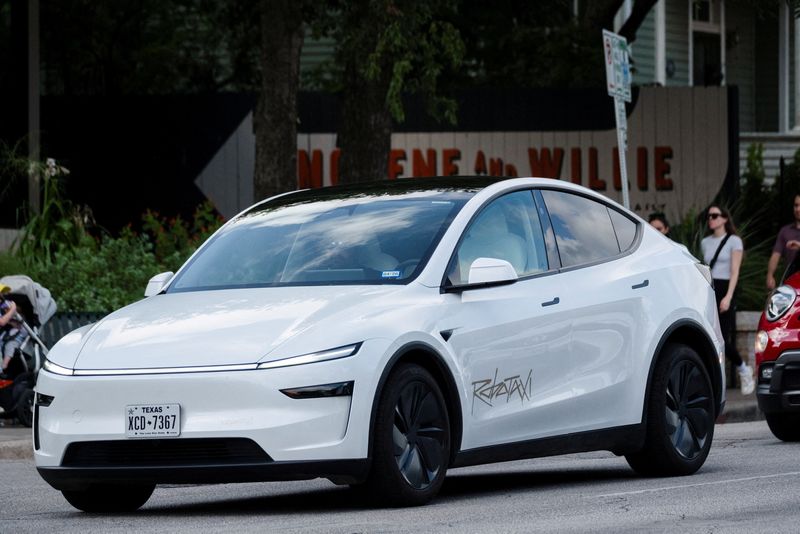
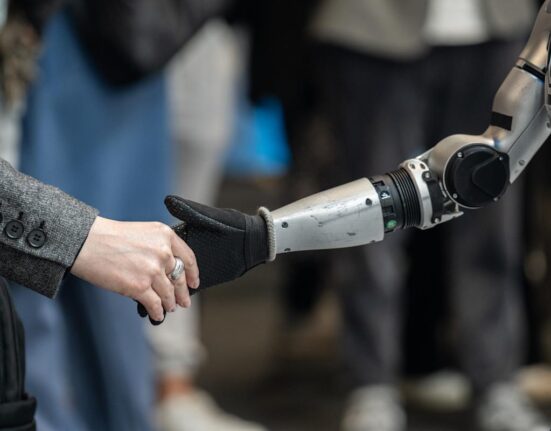
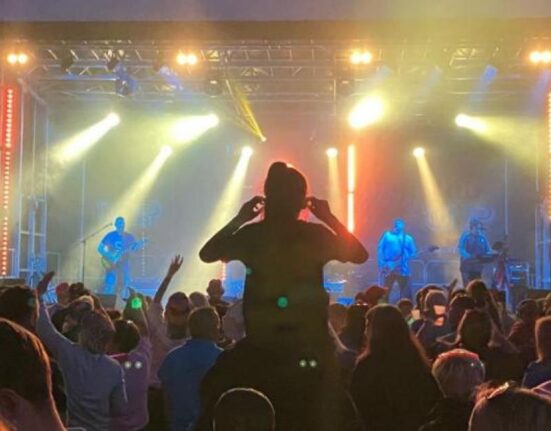


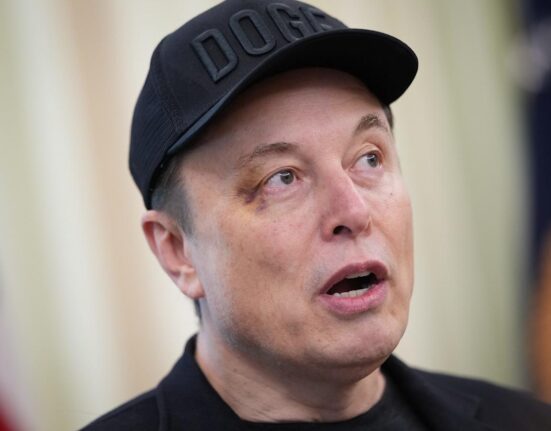
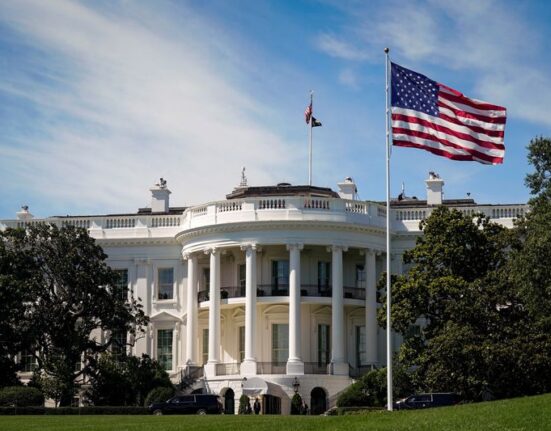


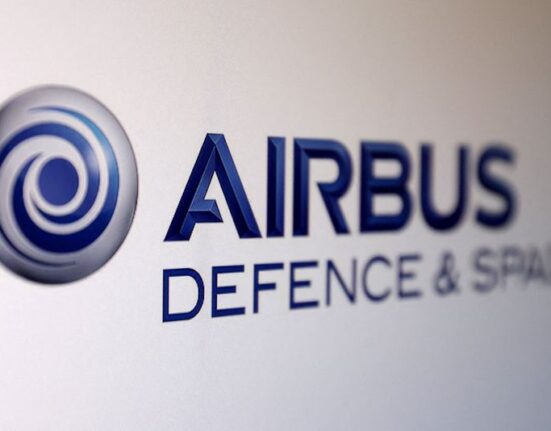
Leave feedback about this